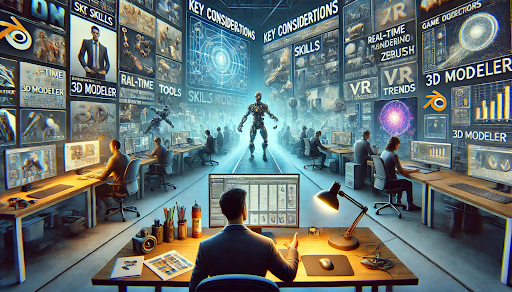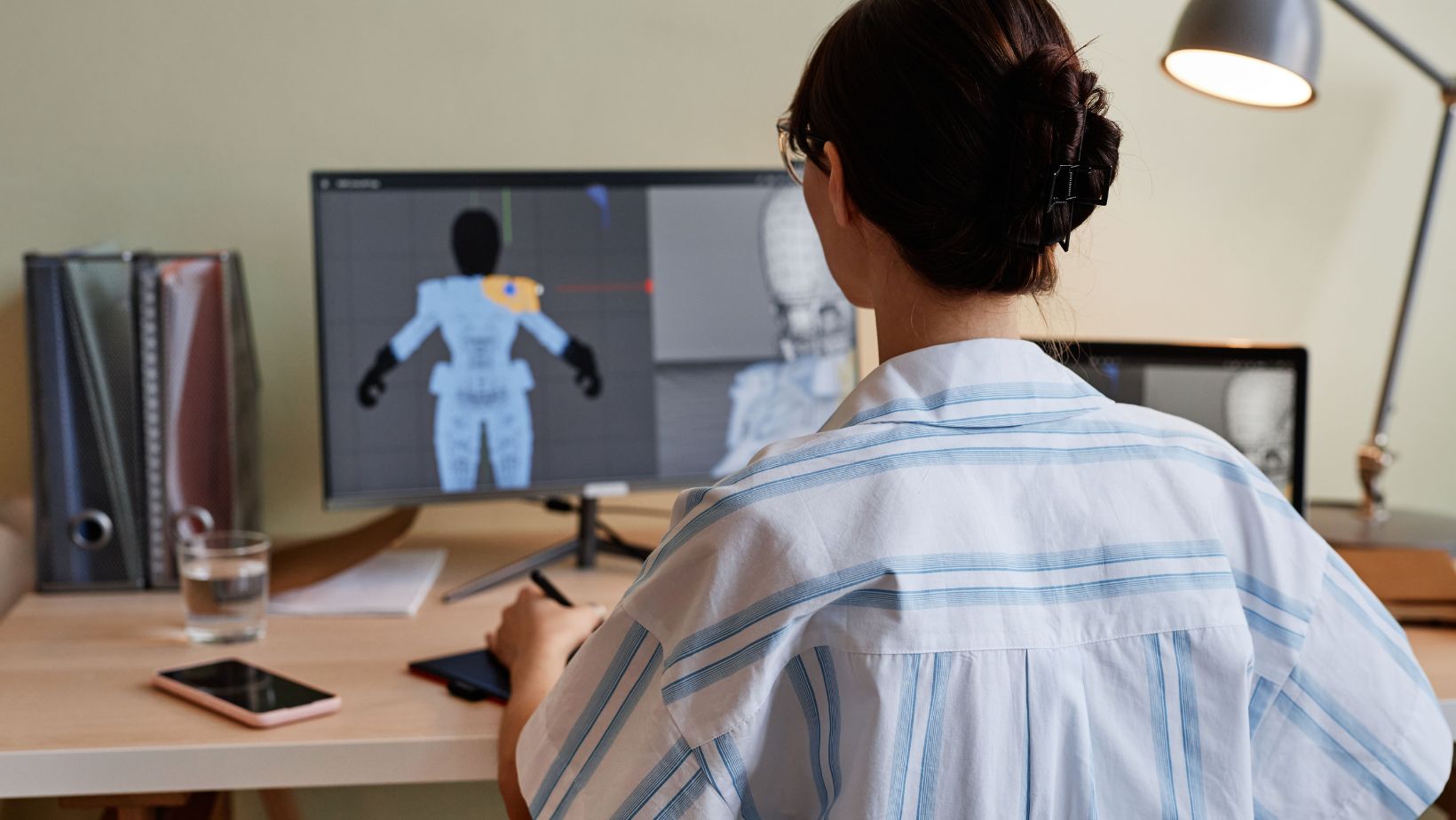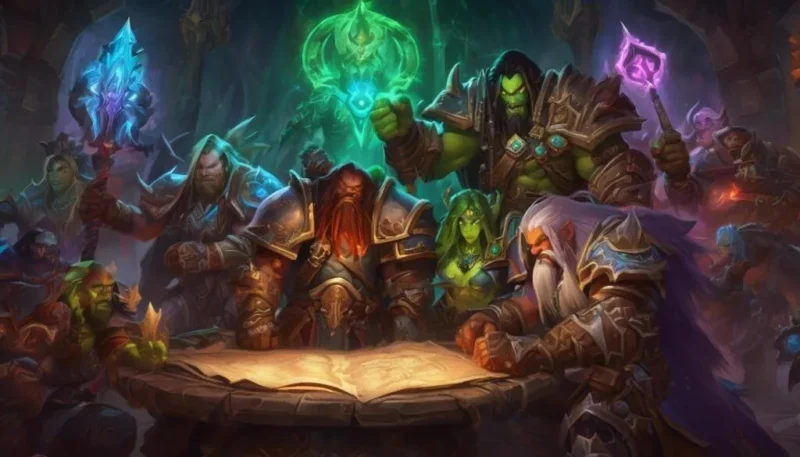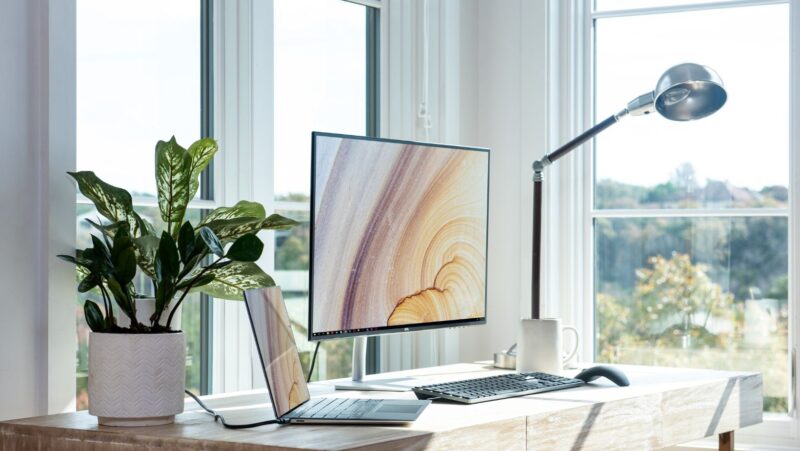
In today’s digital era, 3D modeling plays a vital role in industries such as gaming, architecture, animation, product design, and even healthcare. Whether you’re developing a video game, designing a product prototype, or creating immersive AR/VR experiences, hiring a skilled 3D modeler is essential to bringing your vision to life.
However, finding the right 3D modeling expert can be challenging. With the rapid evolution of 3D modeling software and industry trends, it’s crucial to consider several factors before making a hiring decision. In this blog, we will explore the key considerations when you hire 3D modeler, the must-have skills, the best tools they should be proficient in, and the latest trends shaping the industry.
If you’re a 3D modeler looking to enter the job market, it’s essential to have a resume that highlights your expertise effectively. Looking for inspiration? Check out examples of resumes on LiveCareer for ideas on how to showcase your skills and experience in a way that will catch the eye of potential employers.
1. Essential Skills to Look for in a 3D Modeler
When looking for a 3D modeler, you must evaluate their technical skills, artistic abilities, and industry knowledge. Here are some of the core skills a professional 3D modeler should possess:
a) Proficiency in 3D Modeling Software
A skilled 3D modeler should have hands-on experience with industry-standard software such as:
- Blender – Open-source and widely used in gaming and animation.
- Autodesk Maya – Ideal for animation and high-end 3D modeling.
- ZBrush – Best for sculpting detailed character models.
- 3ds Max – Popular for gaming, animation, and architectural visualization.
- Cinema 4D – Preferred in motion graphics and visual effects.
b) Strong Understanding of Geometry and Topology
A modeler should be well-versed in polygon flow, edge loops, UV mapping, and texturing to ensure clean and efficient 3D models.

This is especially important in game development and animation, where optimized assets improve performance.
c) Experience with Texturing and Shading
3D models come to life with proper textures and shading. A modeler should understand:
- PBR (Physically Based Rendering) workflows for realistic textures.
- UV unwrapping to apply textures accurately.
- Substance Painter and Photoshop for creating high-quality textures.
d) Rigging and Animation Basics
While 3D modeling and animation are different specializations, a good 3D modeler should have basic rigging knowledge to create models that can be easily animated.
e) Industry-Specific Expertise
If you’re in game development, architecture, or product design, look for a modeler with relevant industry experience. Different fields have distinct modeling requirements, such as:
- Gaming: Low-poly, optimized models for better performance.
- Animation: High-poly, detailed models for realistic rendering.
- Architecture: Precision and scalability in modeling structures.
2. Ideal Tools and Software for 3D Modeling
The 3D modeling landscape is vast, with numerous software and tools catering to different needs. Depending on your project, ensure that the modeler is proficient in:
a) 3D Creation and Sculpting
- ZBrush: Best for sculpting characters and organic models.
- Blender: Great for both modeling and animation.
- Maya & 3ds Max: Preferred for professional 3D modeling and animation.
b) Texturing and Rendering
- Substance Painter & Substance Designer: Industry standard for texture creation.
- Adobe Photoshop: Used for refining textures.
- V-Ray & Arnold: Rendering engines for realistic visuals.
c) Game Engine Compatibility
If the model is for a game, check for experience in:
- Unity: Preferred for mobile and indie games.
- Unreal Engine: Ideal for high-fidelity game environments.
d) AR/VR Development
For immersive experiences, a 3D modeler should understand real-time rendering and optimization techniques for VR/AR platforms.
3. Emerging Trends in 3D Modeling
With rapid technological advancements, 3D modeling trends are continuously evolving. When hiring a modeler, consider someone who stays updated with the latest industry trends:
a) AI-Powered 3D Modeling
AI is transforming the way 3D assets are created. Generative AI tools like NVIDIA Omniverse and Autodesk’s AI-driven modeling assist artists in automating repetitive tasks, accelerating production.
b) Real-Time Rendering & Ray Tracing
Game engines like Unreal Engine 5 offer real-time ray tracing, producing ultra-realistic visuals. A modeler should understand real-time workflows for efficient rendering.
c) Procedural Modeling
Procedural techniques using Houdini and Blender’s Geometry Nodes allow for the automated generation of 3D assets, reducing manual work.
d) NFT and Metaverse Integration
With the rise of NFTs and metaverse platforms, 3D modelers are creating digital assets for virtual worlds, avatars, and NFT collections.
4. Hiring Considerations: Freelance vs. In-House vs. Outsourcing
When looking to hire a 3D modeler, decide whether you need a freelancer, in-house modeler, or an outsourced team.

a) Freelance 3D Modelers
Best for small projects or one-time assignments.
Platforms: Upwork, Fiverr, ArtStation, and Behance.
Cost-effective but may lack consistent availability.
b) In-House 3D Artists
Suitable for long-term projects requiring close collaboration.
Requires salaries, software licenses, and equipment investment.
c) Outsourcing to a 3D Modeling Studio
Best for large-scale projects with tight deadlines.
Access to a team of experts with diverse skills.
Cost-effective compared to hiring an entire in-house team.
5. How to Assess and Hire the Right 3D Modeler
Here’s a quick checklist to evaluate candidates before hiring:
- Portfolio Review – Check for versatility and industry-specific experience.
- Software Expertise – Ensure they know the required tools.
- Communication Skills – Essential for project alignment.
- Test Task – Assign a small modeling task to evaluate speed and quality.
- Pricing and Timelines – Compare with industry standards to ensure fair compensation.
Conclusion
Hiring a skilled 3D modeler requires thorough research and understanding of essential skills, industry trends, and the latest tools. Whether you’re working on game development, animation, or VR projects, finding the right 3D modeling expert will significantly impact the quality and success of your project.
If you’re looking to hire 3D modelers with expertise in game art, character modeling, environment design, and asset creation, consider partnering with a professional 3D modeling studio like Juego Studio to bring your vision to reality.












